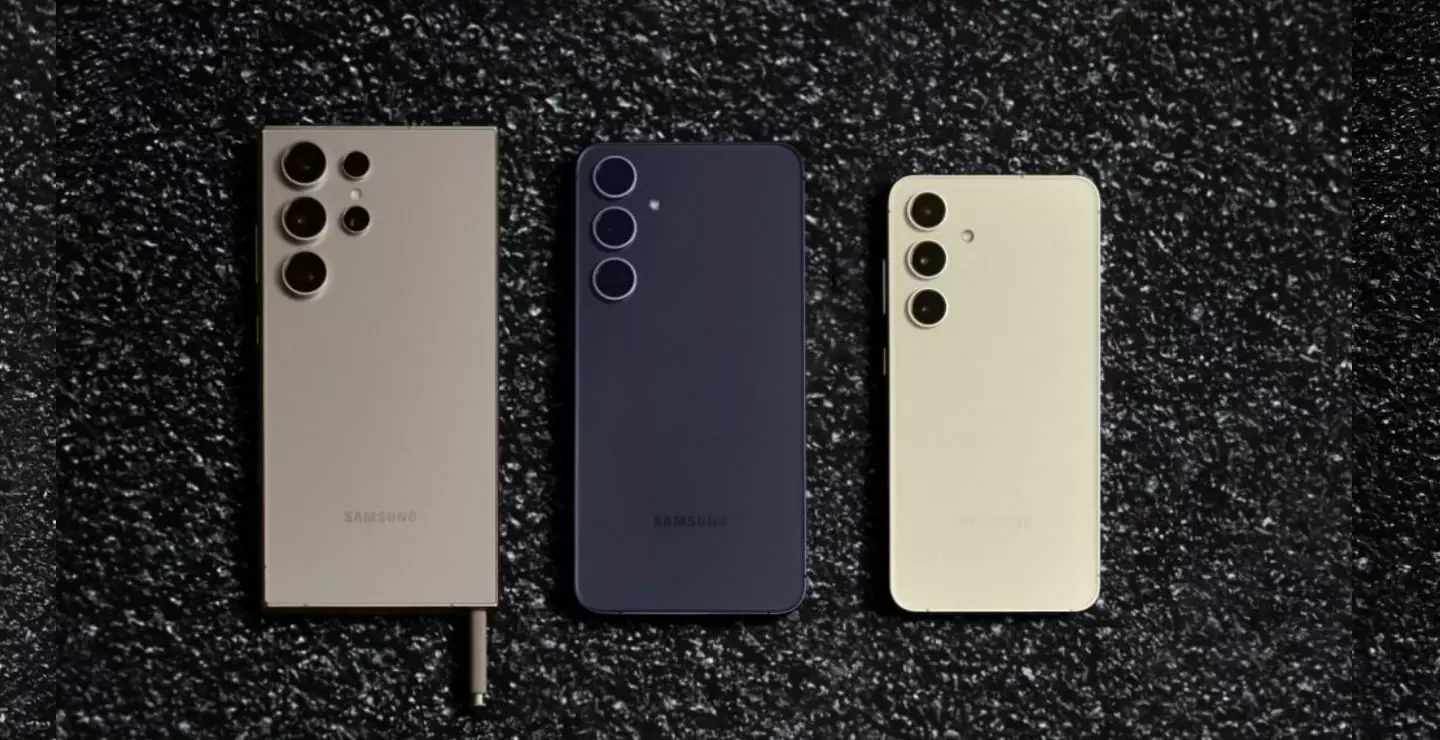The global smartphone market has shown signs of life in 2024, marking a four percent increase in shipments compared to the previous year. This uptick, reported by a reputable market research firm, signifies a vital recovery after two straight years of decline — a trend previously unforeseen in the tech sector, typically characterized by rapid innovation and continual growth. This article will delve into the implications of this recovery, examining the performance of leading brands and the nuances that underscore this shift in the smartphone landscape.
Samsung reclaimed its position as the market leader, securing a 19 percent share, primarily bolstered by the successful launch of its Galaxy S24 series and A-series smartphones. These models have been marketed not merely as upgrades but as instances of “AI smartphones,” embracing the burgeoning demand for artificial intelligence integration in personal devices. Effective marketing and strategic product positioning have rendered these devices particularly appealing in key markets such as Western Europe and the United States.
In a close race, Apple trailed with an 18 percent market share, largely buoyed by performance in emerging markets despite a mixed reception for its latest iPhone 16 series. This response highlights a potential misalignment between consumer expectations and product delivery, accentuated by availability issues surrounding the much-anticipated Apple Intelligence features at launch. Meanwhile, Xiaomi showcased impressive growth, capturing 14 percent of the market and emerging as the fastest-growing brand among the established players, thanks to robust demand for its well-priced devices.
The report indicates that nearly all regions experienced growth, with Europe, China, and Latin America leading the charge. Such diverse growth trajectories illustrate the increasingly localized nature of consumer preferences and market dynamics. In regions like China, Apple’s higher-end models such as Pro and Pro Max are witnessing surging demand, suggesting that while the brand may be struggling in certain markets, it remains a deep-rooted player in others.
On the competitive front, established brands like Vivo and Oppo, each holding an 8 percent share, face aggressive competition from emerging brands like Huawei and Motorola, which are carving out significant market spaces. This competitive pressure pushes firms to continually innovate and differentiate, which has become particularly critical in today’s landscape. As the market evolves, the traditional giants must navigate the delicate balance between maintaining their market status and adapting to rapidly changing consumer preferences driven by value, technology, and unique offerings.
The report attributes the resurgence in smartphone shipments to improved consumer sentiment fueled by macroeconomic improvements. This observation raises critical questions regarding the sustainability of growth trends in the face of persistent challenges, including inflationary pressures and geopolitical risks. Markets began showing tentative recovery signals in the fourth quarter of 2023, potentially indicating consumers’ readiness to reinvest in technology after two years of retraction.
From an analytical perspective, this improvement in consumer confidence can also be interpreted as an elongation of product life cycles, where consumers are more deliberate in their purchasing decisions, influenced by the economic environment. While smartphone shipments in 2023 reached their lowest point in a decade, the shift to growth symbolizes not only a rebound from economic pressures but also a deeper insight into the evolving tech landscape that necessitates ongoing adaptation by manufacturers.
Looking towards the future, the introduction of generative AI capabilities into smartphones signifies a pivotal shift in product strategy. The prediction that by 2028, nine out of ten smartphones priced above $250 will be GenAI-capable suggests a burgeoning emphasis on advanced features that align with user needs for personalization, automation, and enhanced functionality. This marks a significant evolution in consumer expectations that manufacturers will need to meet in an increasingly competitive field.
However, the road ahead may not see volumes returning to pre-COVID peaks, even as revenue growth is projected to outstrip volume increases. This discrepancy underscores a transition where the focus may shift more toward premium offerings rather than sheer volume sales — a change that could redefine market strategies and influence brand positioning.
The smartphone market’s resurgence in 2024 reflects a complex interplay of recovery, competition, and evolving technological landscapes. Market leaders must not only harness emerging trends like AI capabilities but also respond strategically to changing consumer expectations. As the industry continously adapts, staying attuned to these dynamics will be crucial for brands seeking sustainable growth in the future.

Leave a Reply